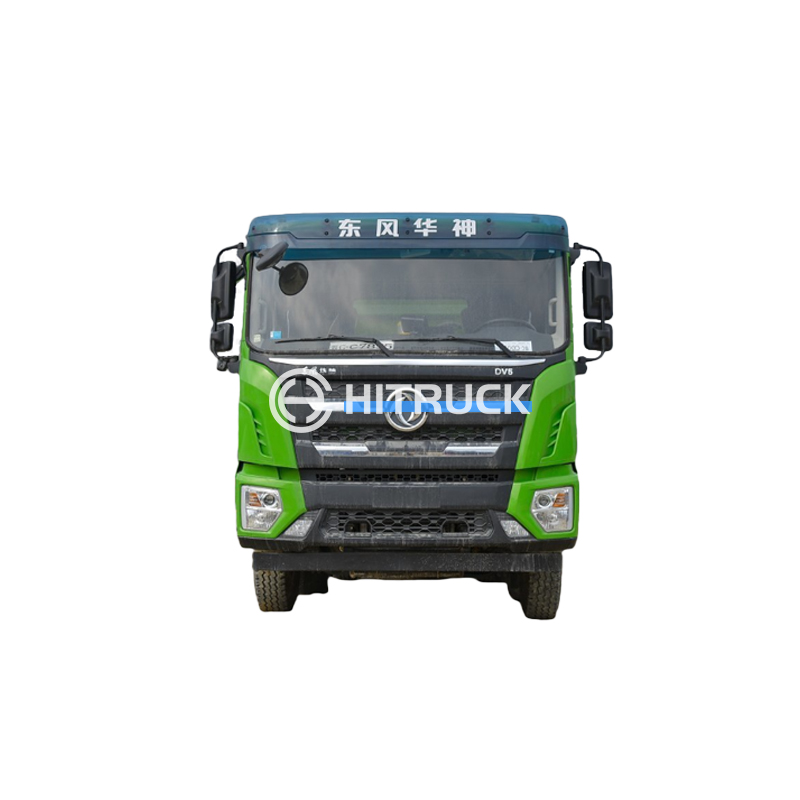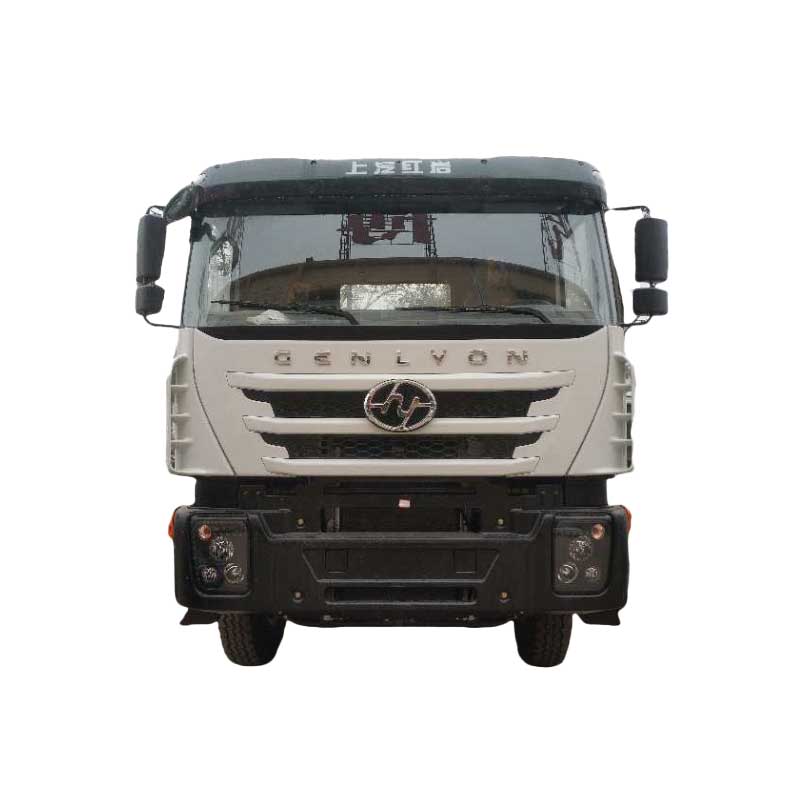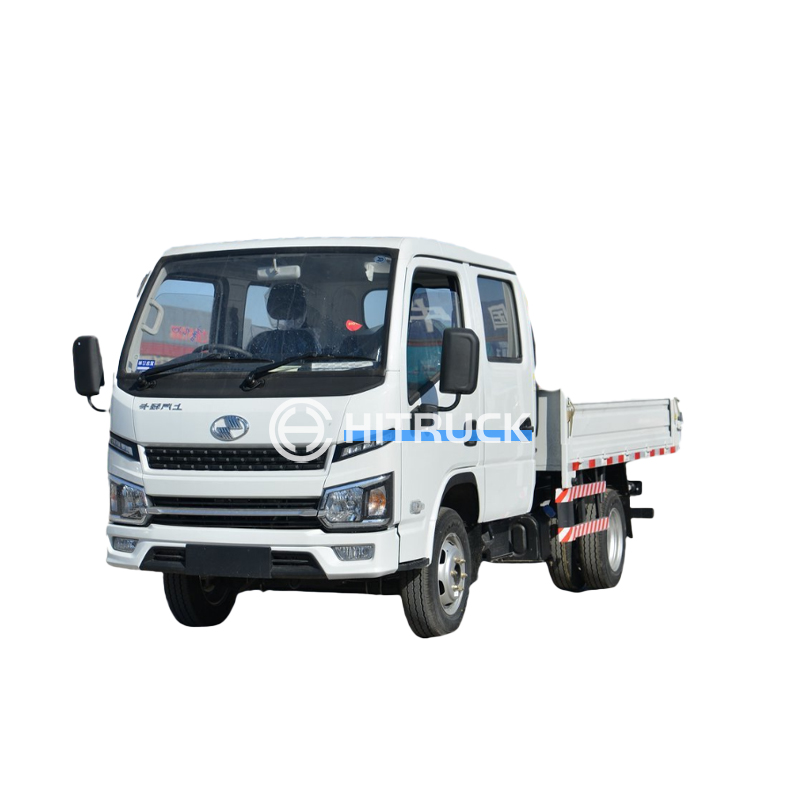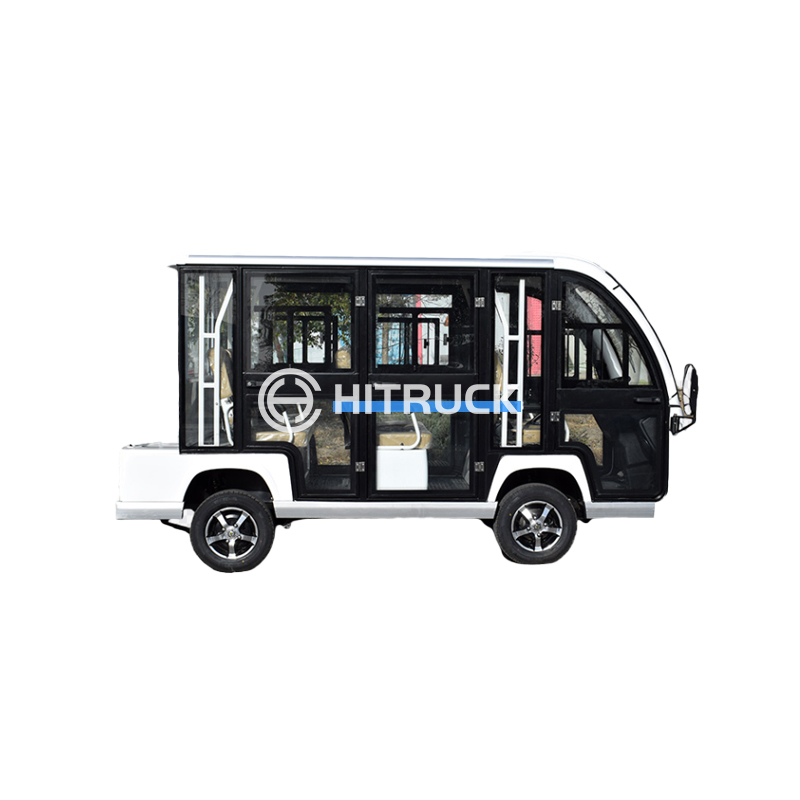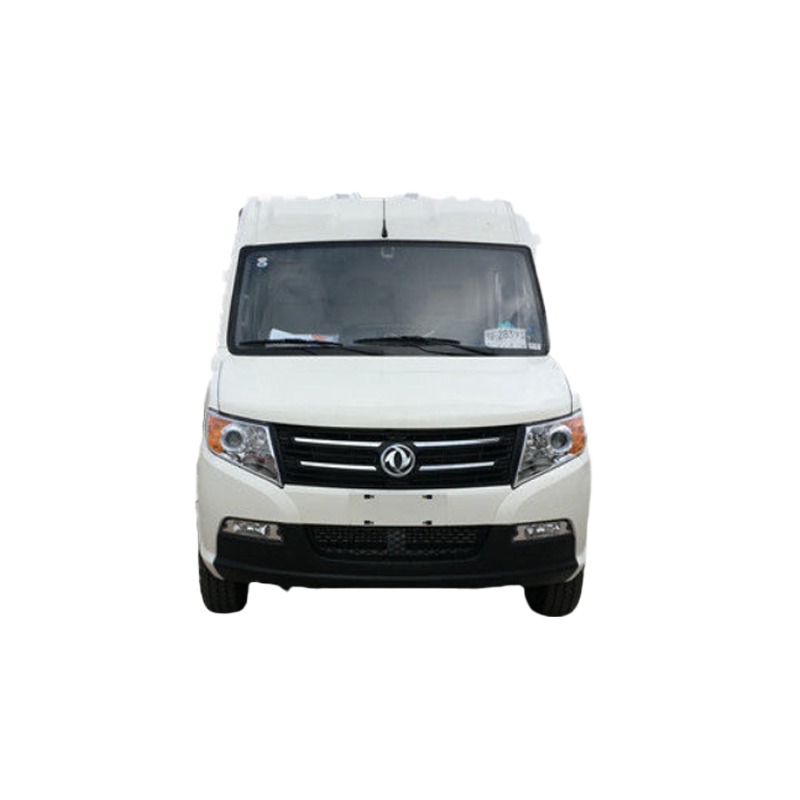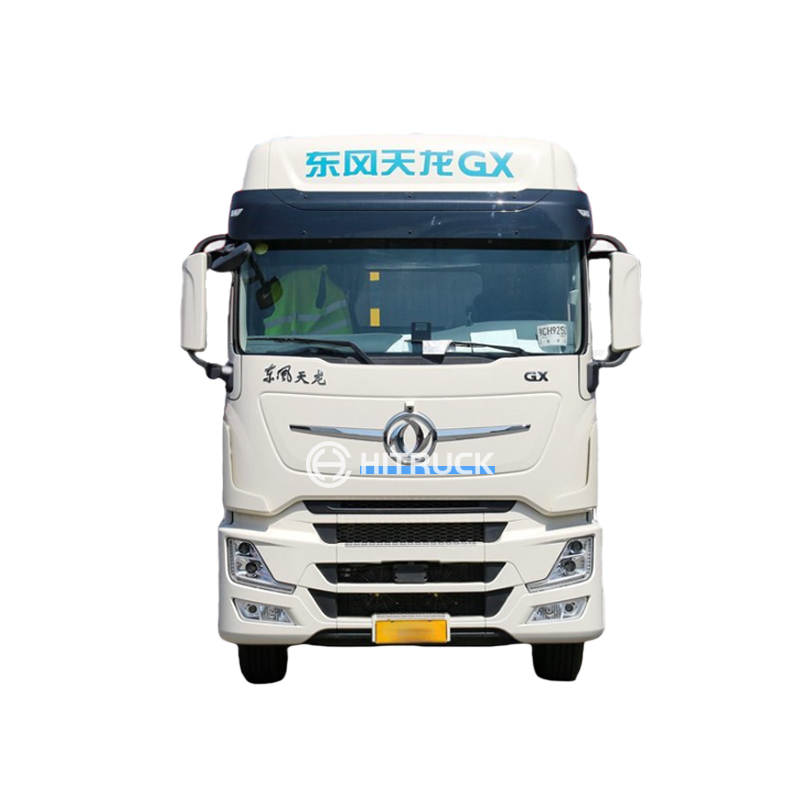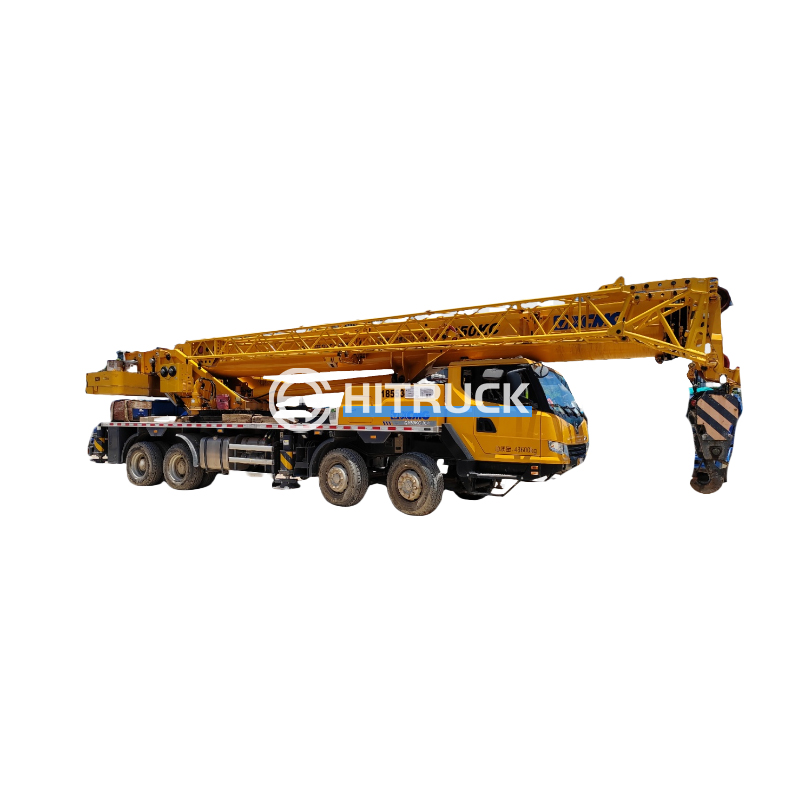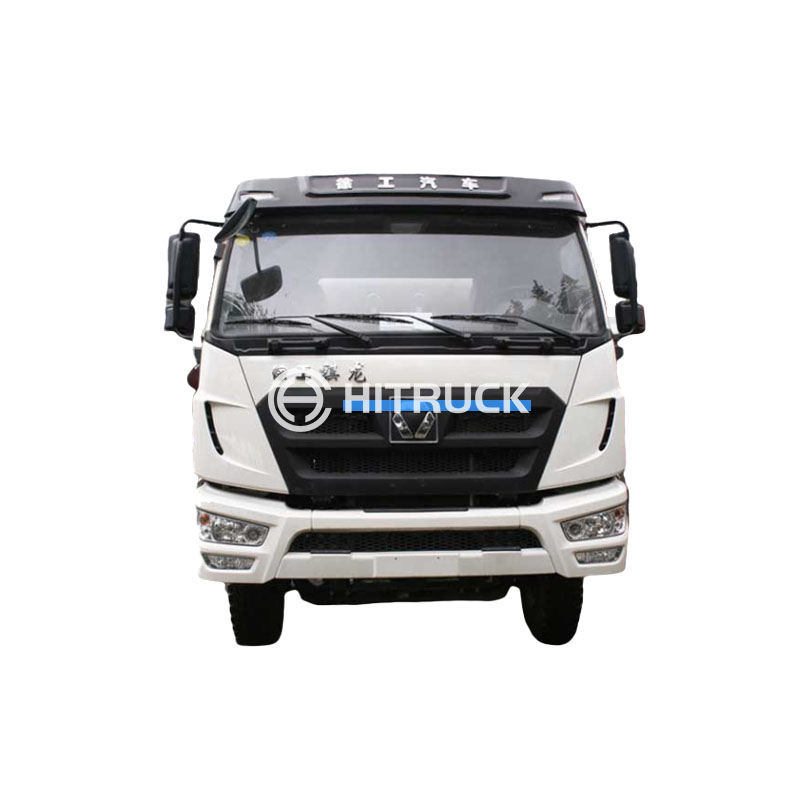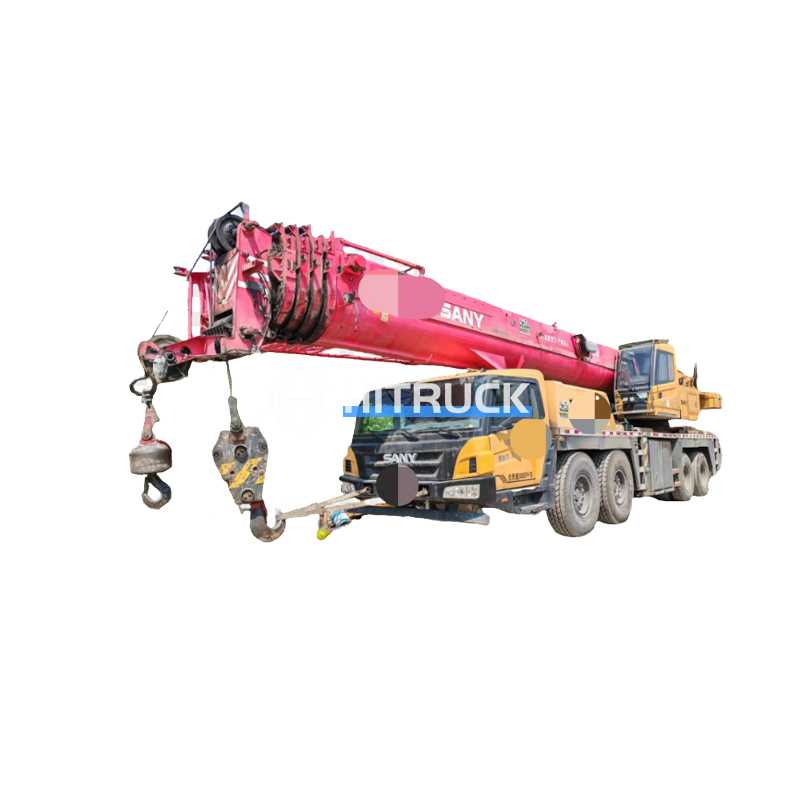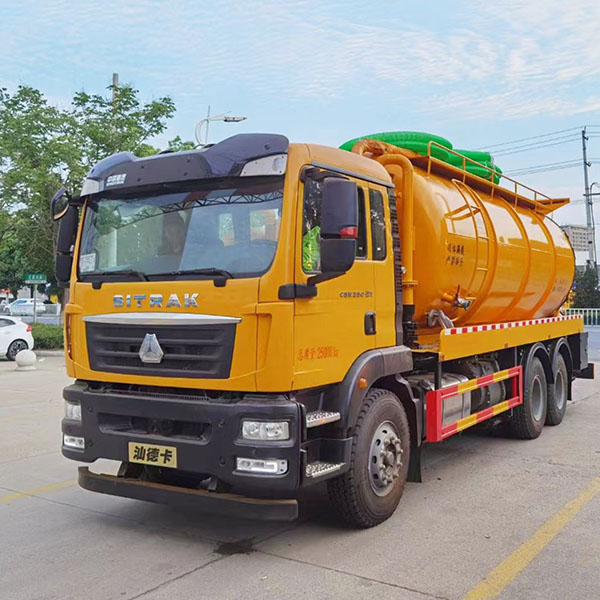Overhead Gantry Crane: A Comprehensive GuideUnderstanding the nuances of overhead gantry cranes is crucial for efficient material handling in various industries. This guide provides a detailed overview of their functionality, types, applications, and safety considerations. We'll explore the factors to consider when selecting a overhead gantry crane for your specific needs, ensuring optimal performance and workplace safety.
Types of Overhead Gantry Cranes
Single Girder Overhead Gantry Cranes
Single girder overhead gantry cranes are characterized by their simple design and cost-effectiveness. They are suitable for lighter lifting capacities and are commonly found in smaller workshops and warehouses. Their compact design allows for operation in spaces with limited headroom. The ease of installation and maintenance also adds to their appeal. However, their load-bearing capacity is lower compared to double-girder cranes.
Double Girder Overhead Gantry Cranes
Double girder overhead gantry cranes offer greater lifting capacity and durability compared to their single-girder counterparts. They are ideal for heavy-duty applications in large industrial settings, such as factories and shipyards. The increased structural strength allows for the safe handling of heavier loads. While more expensive initially, the long-term benefits of increased reliability and capacity often outweigh the higher upfront cost.
Applications of Overhead Gantry Cranes
Overhead gantry cranes find application across a wide range of industries: Manufacturing: Moving heavy machinery, raw materials, and finished goods within production facilities. Construction: Lifting and placing prefabricated components, steel beams, and other heavy materials. Shipping and Logistics: Loading and unloading cargo from ships, trucks, and trains. Warehousing: Efficiently moving palletized goods within storage facilities. Automotive: Handling car bodies and components during the manufacturing process.
Factors to Consider When Choosing an Overhead Gantry Crane
Selecting the right overhead gantry crane involves careful consideration of several key factors: Lifting Capacity: The maximum weight the crane can safely lift. Span: The horizontal distance between the crane's support columns. Lift Height: The vertical distance the crane can lift a load. Power Source: Electric, pneumatic, or hydraulic power sources are available, each with its own advantages and disadvantages. Control System: Options include pendant, wireless remote, or cabin control systems. Safety Features: Essential safety features include overload protection, emergency stops, and limit switches.
Maintenance and Safety
Regular maintenance is critical for ensuring the safe and efficient operation of your overhead gantry crane. This includes routine inspections, lubrication, and repairs as needed. Adherence to strict safety protocols, including proper training for operators, is paramount to prevent accidents. Remember to always consult with qualified professionals for installation, maintenance, and repair.
Finding the Right Overhead Gantry Crane
For high-quality and reliable overhead gantry cranes, consider exploring options from reputable suppliers. [
Suizhou Haicang Automobile sales Co., LTD] offers a wide range of cranes to meet diverse industrial needs. They provide expert guidance to help you choose the perfect crane for your specific application.
| Feature | Single Girder | Double Girder |
| Lifting Capacity | Lower | Higher |
| Cost | Lower | Higher |
| Maintenance | Simpler | More Complex |
| Applications | Smaller workshops, warehouses | Large factories, shipyards |
Remember, proper planning and due diligence are key to selecting and operating a safe and efficient overhead gantry crane. Always prioritize safety and consult with professionals for any questions or concerns.

